Infraspinatus muscle
Table of Contents
Muscle details :
The infraspinatus muscle is a thick triangular muscle, which occupies the chief part of the infraspinatous fossa. It is one of the muscles of rotator cuff.

Origin :
It originates from the medial two -thirds of the infraspinous fossa of the scapula .
Insertion :
It inserts into the middle impression on the greater tubercle of the humerus.
Nerve supply :
The suprascapular nerve (c5-c6) supplies the muscle.
Blood supply :
Infraspinatus receives arterial blood supply from suprascapular and circumflex scapular arteries.
Action :
It acts as the lateral rotator of arm. It also helps to stabilize the shoulder by drawing the humerus toward the glenoid fossa of the scapula.
Function :
Rotator cuff muscles form a functional musculotendinous unit that both stabilizes and produces movements on the shoulder joint. The function of this muscular apparatus is to provide a wide range of arm motion while keeping the head of humerus centralized within the glenoid cavity.
Infraspinatus is a powerful lateral rotator of the humerus. This action is important in preloading the upper extremity in backward extension and external rotation on the shoulder joint, seen in actions such as hitting overhead. The muscle is contracted eccentrically to smoothen the upper extremity during deceleration of powerful overhead movements.
Stretching Exercises :
1. Passive External rotation Stretch :

- Grasp the stick with one hand and cup the other end of the stick with the other hand.
- Keep the elbow of the shoulder you are stretching against the side of your body and push the stick horizontally as shown to the point of feeling a pull without pain.
- Hold for 30 seconds and then relax for 30 seconds.
- Repeat on the other side.
2. Sleeper Stretch :

- Lie on your side on a firm, flat surface with the affected shoulder under you and your arm bent, as shown.
- You can place your head on a pillow for comfort if needed.
- Use your unaffected arm to push your other arm down. Stop pressing down when you feel a stretch in the back of your affected shoulder.
- Hold this position for 30 seconds, then relax your arm for 30 seconds
Strengthening Exercise :
1. External rotation with arm abducted 90′:

- Make a 3-foot-long loop with the elastic band and tie the ends together.
- Attach the loop to a doorknob or other stable object.
- Stand holding the band with your elbow bent 90° and raised to shoulder-height, as shown in the start position.
- Keeping your shoulder and elbow level, slowly raise your hand until it is in line with your head.
- Slowly return to the start position and repeat.
2. External Rotation :

- Make a 3-foot-long loop with the elastic band and tie the ends together.
- Attach the loop to a doorknob or other stable object.
- Stand holding the band with your elbow bent and at your side, as shown in the start position.
- Keeping your elbow close to your side, slowly rotate your arm outward.
- Slowly return to the start position and repeat.
Related pathology :
Suprascapular nerve dysfunction :
The suprascapular nerve has a short course and several sites of relative fixation, making it vulnerable to both traction and compression forces. The nerve is fixed at both its origin at the Erb point on the brachial plexus and at its terminal insertion on the infraspinatus. The nerve is relatively fixed at the suprascapular notch, and anatomical studies have shown that motion does not occur at this point.

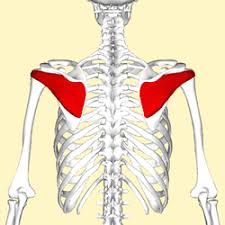
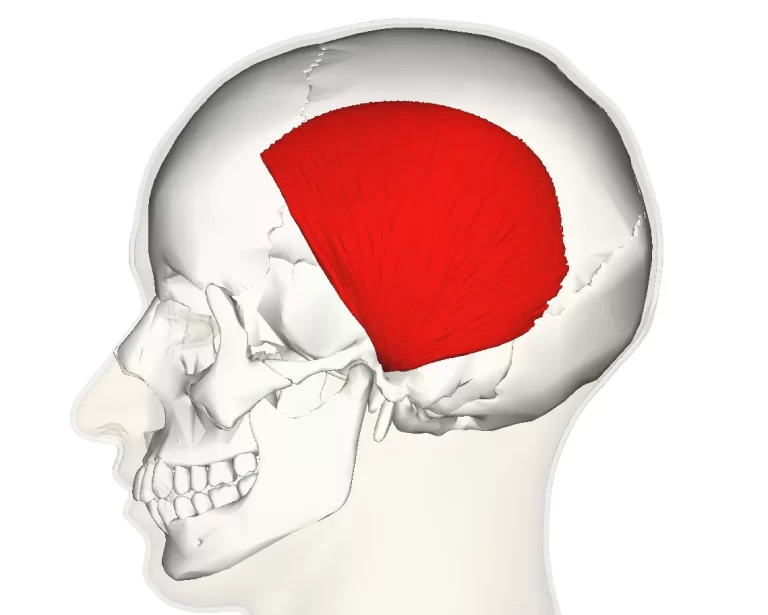
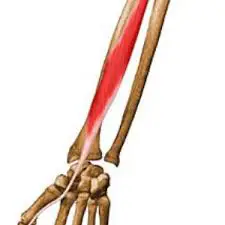
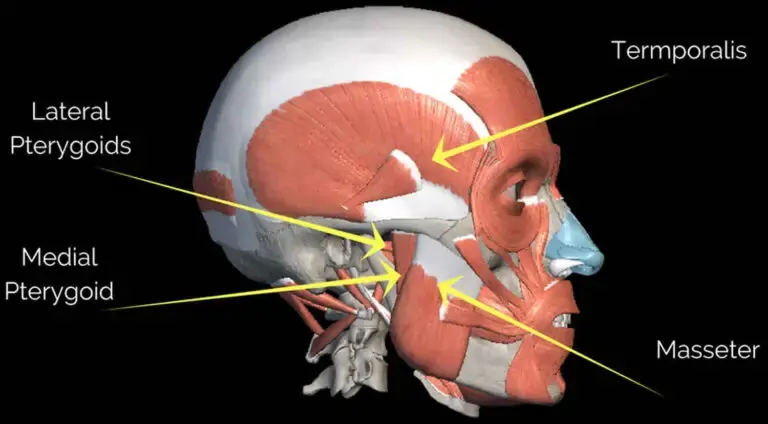
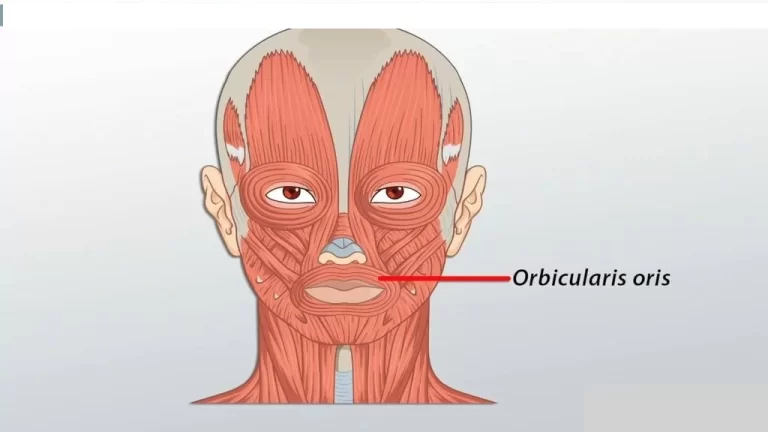
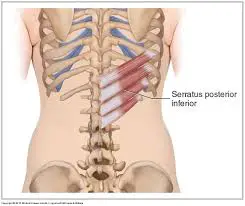
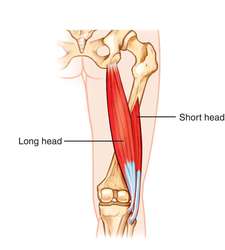
5 Comments